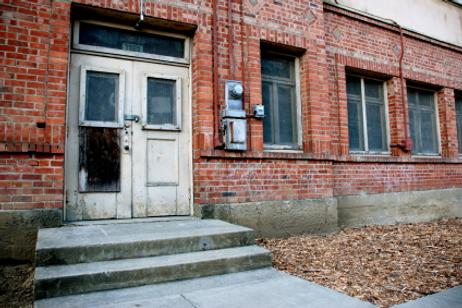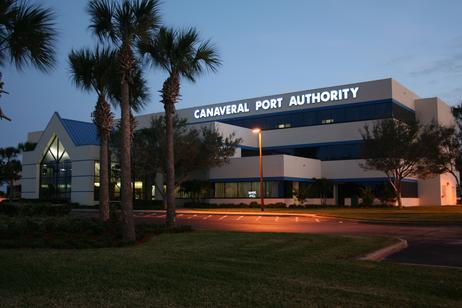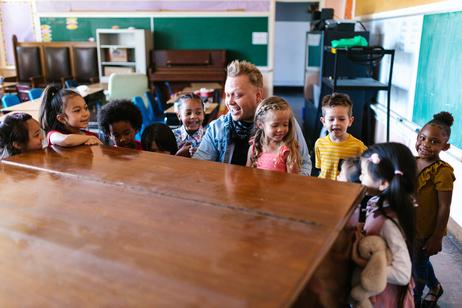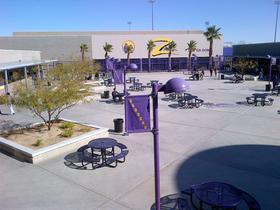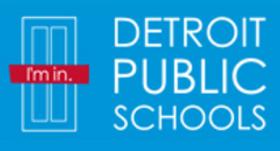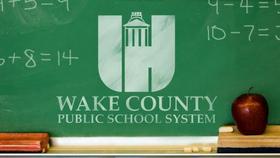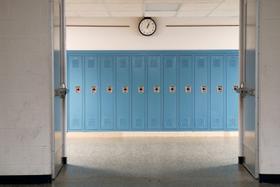The third largest school district in the country is bracing for the closure of more than 50 schools at the end of the academic year. After months of debate and consideration, Chicago ОЫОЫВю»ӯ Schools have officially announced plans to close 54 schools inside the massive district. Eleven additional schools will be sharing space with other schools nearby. The announcement was greeted by anger, frustration, and even tears by some teachers, parents, and students, but district officials insist the move is necessary to help Chicago ОЫОЫВю»ӯ Schools balance a hurting budget.
This video reports on the impending closure of more than 50 Chicago schools.
Principals, Teachers, and Parents Given Official Closure Notices
The reports that principals of the schools slated for closure began receiving official notices on March 21. However, district officials remained mum about the plans until the end of that day. That is when Barbara Byrd-Bennett, chief officer for Chicago ОЫОЫВю»ӯ Schools, released a statement saying, вҖңFor too long children in certain parts of Chicago have been cheated out of the resources they need to succeed because they are in underutilized, under-resourced schools.вҖқ
reports that while the official closing list will not be released until March 31, parents also began receiving letters from their childrenвҖҷs schools about the closure plans. Most affected schools are located in neighborhoods where a large percentage of the student

